District: No. 91 (Nechako Lakes)
Through student-driven inquiry across a number of important local initiatives, this project will ‘diffuse the boundaries between school and community’ to better integrate the two both enrich learning and improve the community – while considering resultant student engagement and sustainable and generative local connections among school and its place. As it has developed, it has found new trajectories in a long term, recursive (in ‘spirals of inquiry’) engagement in land-based service learning, partnering in and contributing to university-led watershed research, where teachers’ learning also becomes a question in respect of student engagement.

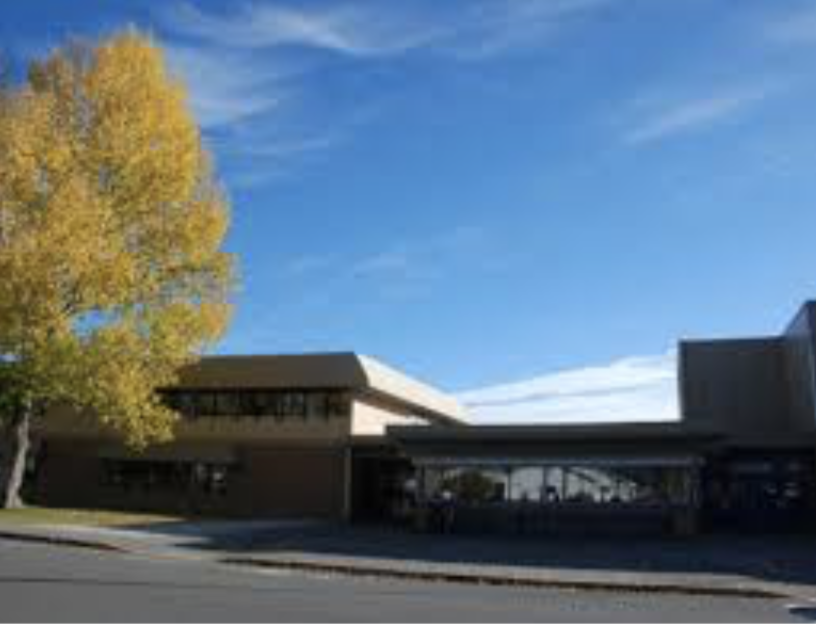


With outdoor education and Aboriginal learning as sites of project inquiry, students engage in place-based learning with a beaded timeline of Aboriginal and settler presence on the land






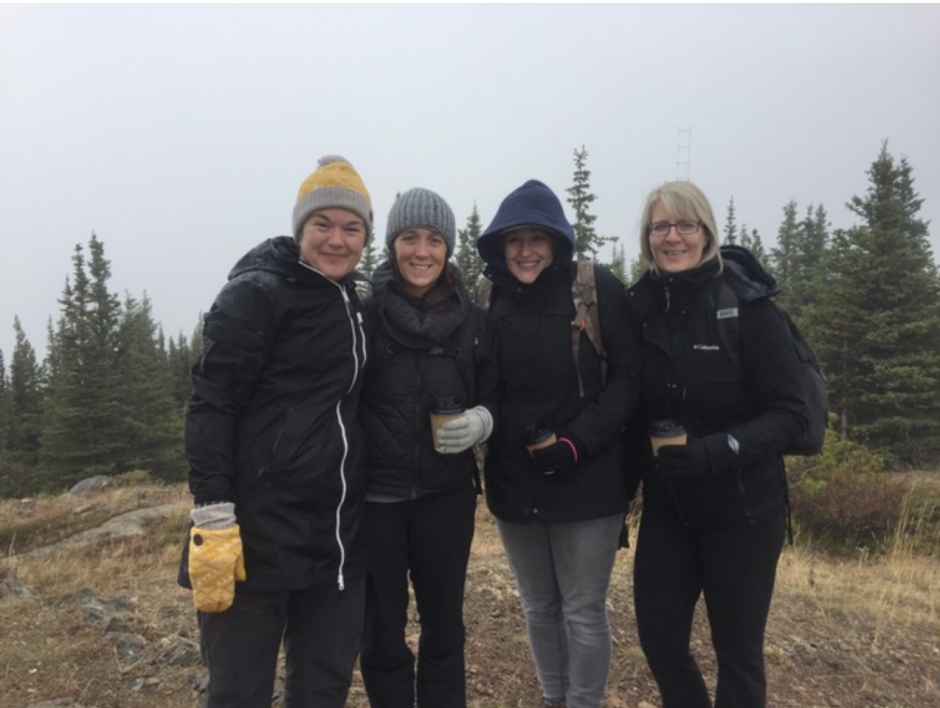
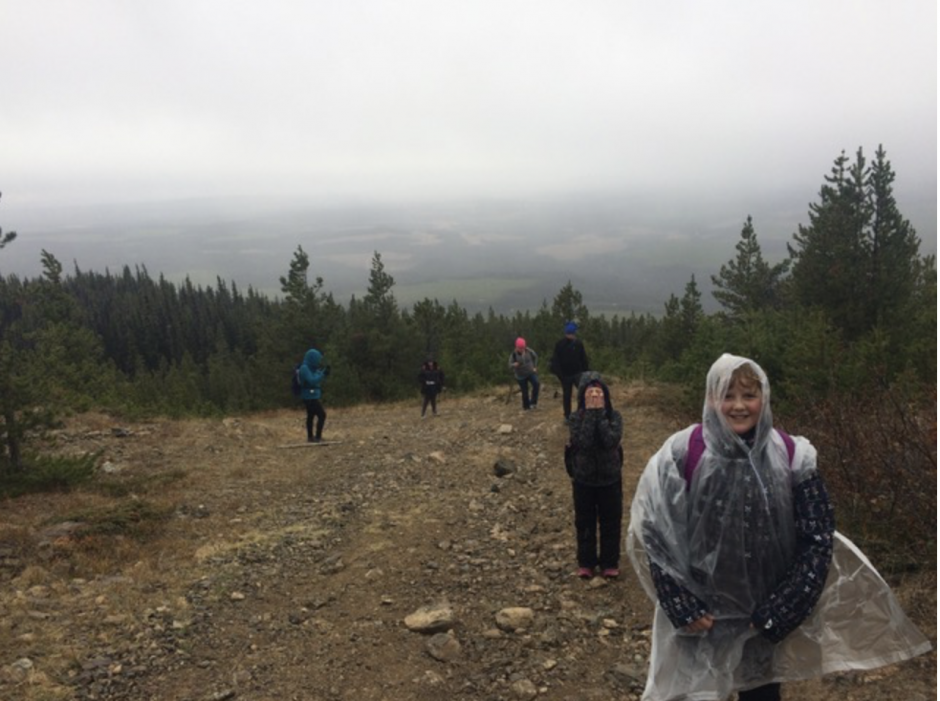



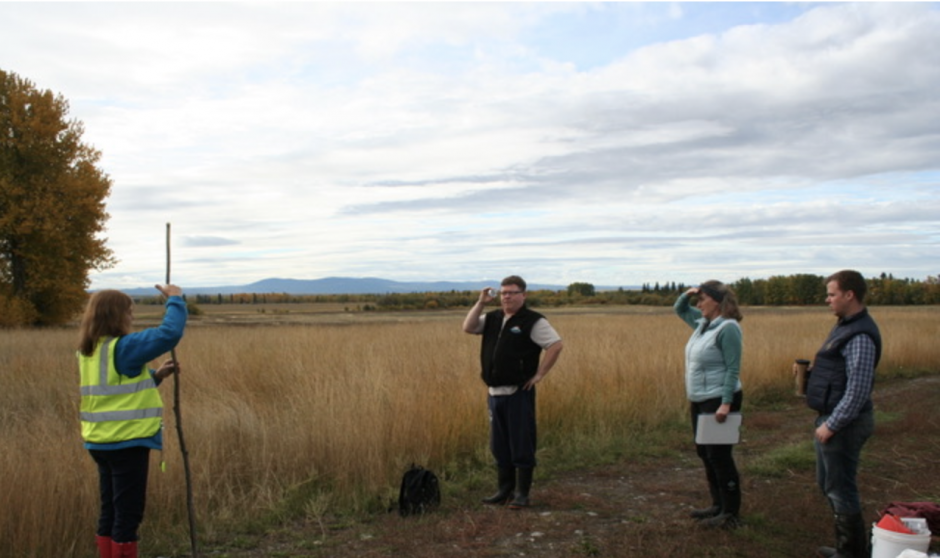



(with thanks to Mia Moutray for photos)
Don’t miss this project’s 2017 Rural Schools Symposium presentation (with Aboriginal Learning, Outdoor Education and Hogsback Lake cameo).
Here are some artifacts from this project –
Artifact 1: photo of Mia and David working together on Biology.
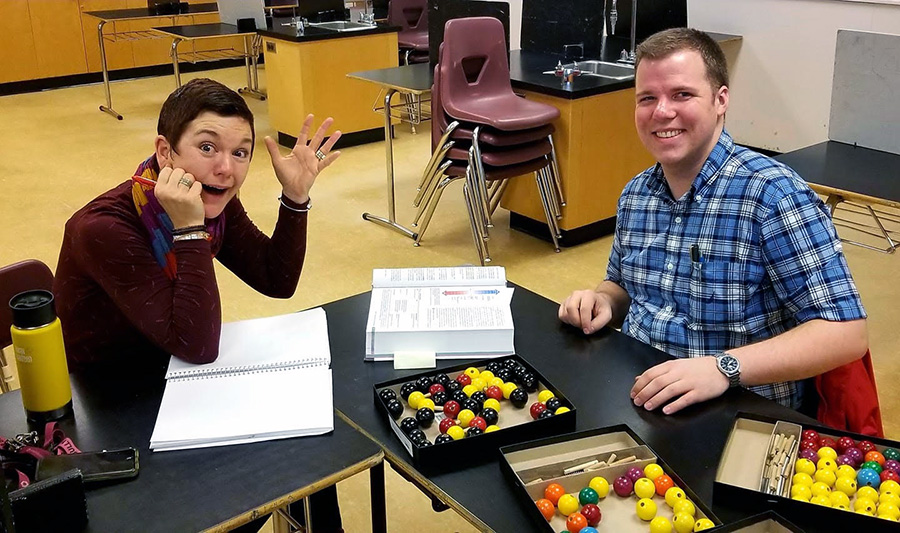
We chose this photo of us as our artifact because it represents where our learning journey during the winter months … a large part of our year!
During Winter break, we decided to take an online university Biology course to deepen our knowledge in ecology and the
natural world. Mia’s expertise is Elementary/Middle Years education and David’s expertise is in Mathematics so was new for both of us. This initiative led to so much more learning than the biology content itself – powerful on so manylevels (for us, our learners and our school).
- Collaborating – learning with people we do not regularly work with who have different ways of approaching learning (as learners ourselves). Our differences lead to deeper insights into various ways of thinking and understanding.
- Learning – (Mia) models, read text, discussing – use many approaches to build deeper understanding. (David) teaching and collaborating is itself a way to learn – for me this is the best way to learn.
- We both ended up withdrawing from course, from different reasons. For Mia it was the pressure of completing within a timeframe and then be to be graded – no thanks. For David, working collaboratively was part of what made learning fun; working alone was not joyful. We want to keep learning, but maintain a healthy life balance with downtime. We’re lucky that we can keep learning but at a flexible pace and in environments that change with the
seasons. - Building a community of learners – all of us. Students seeing teachers as learners is a way of building this community as a school. Learning involves the wider community and surrounding nature – yes!!!
Artifact 2: Mia & David outside mapping (April 12)

From the 2019 Rural Schools Symposium, we are grateful to be able to share this project’s presentation (.pptx opens in new window)
Here is the Koh Learning project’s 2018-2019 final project report (opens in new tab).
A good reminder from this project was its artifact for the 2020 Rural Schools Symposium (image opens in new window).
A lovely visual metaphor (image opens in new window) accompanied this project’s 2021 rural schools symposium presentation (.pdf opens in new window) on the value of teaming.
